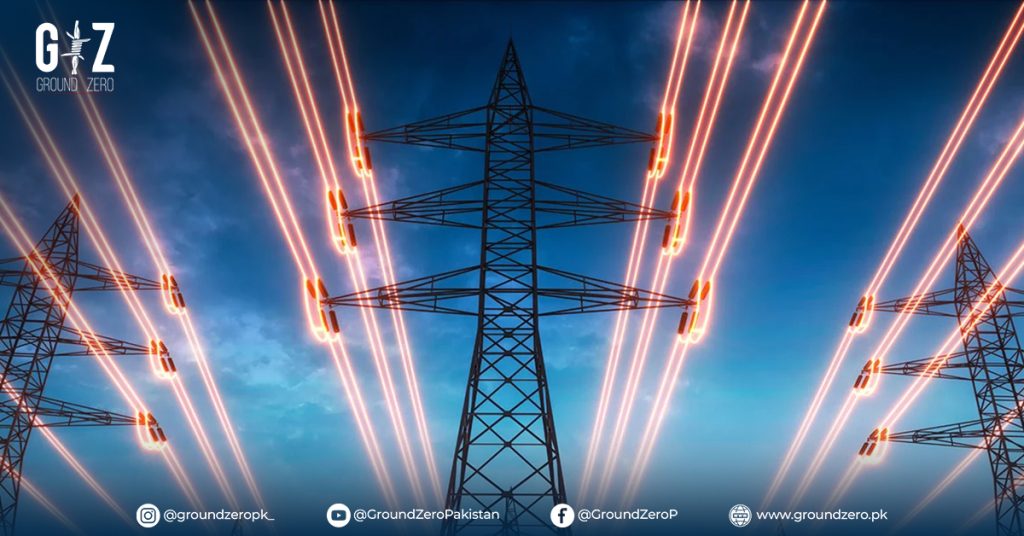Pakistan Power Generation Decline: What’s Driving the 17.4% Drop?
In August 2024, Pakistan’s power generation reached a seven-year low, with a 17.4% year-over-year decline. The power generation fell to 13,179 gigawatt-hours (GWh) compared to 15,959 GWh in the same period last year, reflecting the significant challenges faced by the country’s energy sector amid a subdued economy and declining energy demand.
This sharp decline has raised concerns about the future of power generation in Pakistan and the country’s ability to meet its energy needs.
What’s Causing Pakistan’s Power Generation Decline?
The economic slowdown is a key driver behind Pakistan’s power generation decline. As industries and businesses reduce operations due to weak economic conditions, the demand for energy has dropped significantly. This has been compounded by reduced industrial activity and sluggish performance in energy-intensive sectors, all contributing to a lower overall demand for power.
For more information on Pakistan’s economic challenges, visit Ground Zero’s Economic Section.
Fuel Costs and Power Mix Shifts
Despite the decline in power generation, the fuel cost for generating electricity fell by 9.3% YoY, with the average cost reaching PKR 7.49 per kilowatt-hour (KWh). This drop is attributed to lower costs from local coal and residual fuel oil (RFO), both of which saw reductions in their generation costs.
Meanwhile, the proportion of electricity generated from hydel and nuclear sources increased, making up 40.7% and 16.6% of the total generation mix, respectively. These shifts helped mitigate some of the higher costs associated with traditional fuels.
The Impact of Load Factors and Hydel Generation
Pakistan’s combined cycle power plants (CPHG) operated at zero load factor in August 2024 due to low demand from power purchasers. This reflects the broader decline in power demand across the country. Additionally, hydel-based generation dropped by 10.2% YoY due to lower production from key plants like WAPDA, along with the absence of dispatches from Tarbela and Neelum Jhelum hydel plants.
This decrease in hydel generation adds further pressure to the country’s already strained power generation capacity, leaving the sector vulnerable to seasonal fluctuations and demand changes.
For more energy updates, check out Al Jazeera’s Energy News.
What’s Next for Pakistan’s Power Sector?
Looking ahead, Pakistan’s power generation decline raises concerns about the capacity charges that will increase in the second quarter of FY25, further burdening the economy. As Pakistan deals with lower demand and the pressure of maintaining energy infrastructure, policymakers must focus on:
1. Increasing industrial activity to stimulate demand.
2. Investing in renewable energy sources to diversify the energy mix.
3. Reducing transmission losses and improving the overall efficiency of the energy sector.
Without addressing these core challenges, Pakistan’s power generation decline could have long-lasting implications for both the economy and the energy industry.
Key Takeaways:
•Pakistan’s power generation decline by 17.4% YoY in August 2024 is driven by reduced energy demand and the country’s sluggish economy.
•Despite the drop in power generation, fuel costs fell, with increased contributions from hydel and nuclear energy.
•Pakistan’s energy sector needs urgent reforms to prevent further declines in power generation and ensure long-term sustainability.
Stay updated on energy and economic developments at Ground Zero’s homepage.


